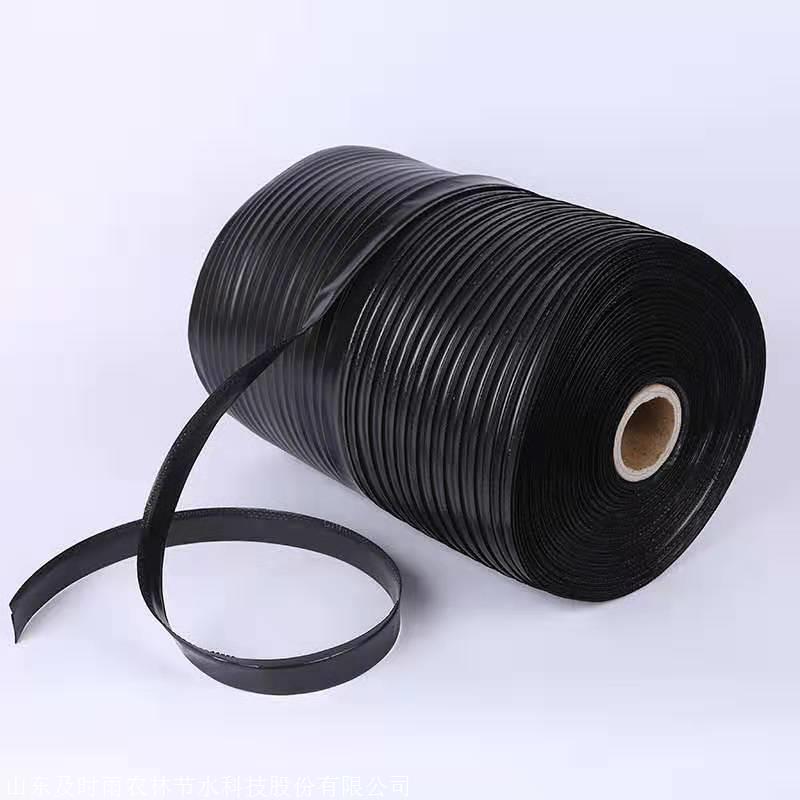When it comes to choosing the right layflat hose for your irrigation, dewatering, or fluid transfer needs, you may encounter two popular options: PE (polyethylene) layflat hose and PVC (polyvinyl chloride) layflat hose. Both types have their advantages and applications, but understanding their differences can help you make an informed decision. In this comprehensive comparison, we’ll delve into the characteristics, benefits, and uses of PE layflat hose and PVC layflat hose.
1. Material Composition:
PE Layflat Hose: Made from high-quality polyethylene, PE layflat hoses are known for their flexibility, durability, and resistance to abrasion and chemicals. They are lightweight and easy to handle, making them ideal for temporary or portable applications.
PVC Layflat Hose: PVC layflat hoses are constructed from polyvinyl chloride, a synthetic plastic polymer known for its affordability and versatility. PVC hoses are rigid yet flexible, offering excellent resistance to kinking and crushing. They are suitable for both temporary and permanent installations.
2. Flexibility and Handling:
PE Layflat Hose: PE layflat hoses are highly flexible and coil easily for storage and transportation. They can be quickly deployed and moved around the job site, making them ideal for temporary irrigation or dewatering applications.
PVC Layflat Hose: PVC layflat hoses are moderately flexible and retain their shape well, even under pressure. While they may not be as pliable as PE hoses, PVC hoses are still easy to handle and manipulate, making them suitable for various agricultural and industrial uses.
3. Pressure Rating and Burst Strength:
PE Layflat Hose: PE layflat hoses typically have a lower pressure rating compared to PVC hoses, making them better suited for low to medium-pressure applications. However, they offer excellent resistance to punctures and tears, ensuring reliable performance in demanding environments.
PVC Layflat Hose: PVC layflat hoses have a higher pressure rating and burst strength than PE hoses, making them suitable for high-pressure applications such as firefighting, construction, and mining. They can withstand greater internal pressure without bursting or leaking.
4. Chemical Resistance:
PE Layflat Hose: PE layflat hoses exhibit excellent resistance to a wide range of chemicals, including acids, alkalis, and solvents. They are suitable for use in agricultural, industrial, and environmental applications where exposure to chemicals is a concern.
PVC Layflat Hose: PVC layflat hoses are resistant to many common chemicals but may degrade over time when exposed to certain acids, oils, or organic solvents. It’s essential to verify compatibility with specific chemicals before using PVC hoses in chemical transfer applications.
5. Environmental Impact:
PE Layflat Hose: PE layflat hoses are considered more environmentally friendly than PVC hoses due to their recyclability and lower environmental footprint. They are non-toxic and safe for use in food and beverage applications, making them an eco-conscious choice for sustainable irrigation practices.
PVC Layflat Hose: PVC layflat hoses are durable and long-lasting but are made from non-biodegradable materials that may pose environmental concerns during disposal. Proper recycling and waste management practices are essential to minimize the environmental impact of PVC hoses.
Conclusion:
Both PE layflat hoses and PVC layflat hoses offer unique advantages and are suitable for a wide range of applications. PE hoses excel in flexibility, chemical resistance, and environmental sustainability, making them ideal for portable irrigation and dewatering tasks. On the other hand, PVC hoses are prized for their high-pressure performance, durability, and affordability, making them suitable for demanding industrial and agricultural applications. By considering the specific requirements of your project and weighing the pros and cons of each type, you can select the most suitable layflat hose for your needs.



